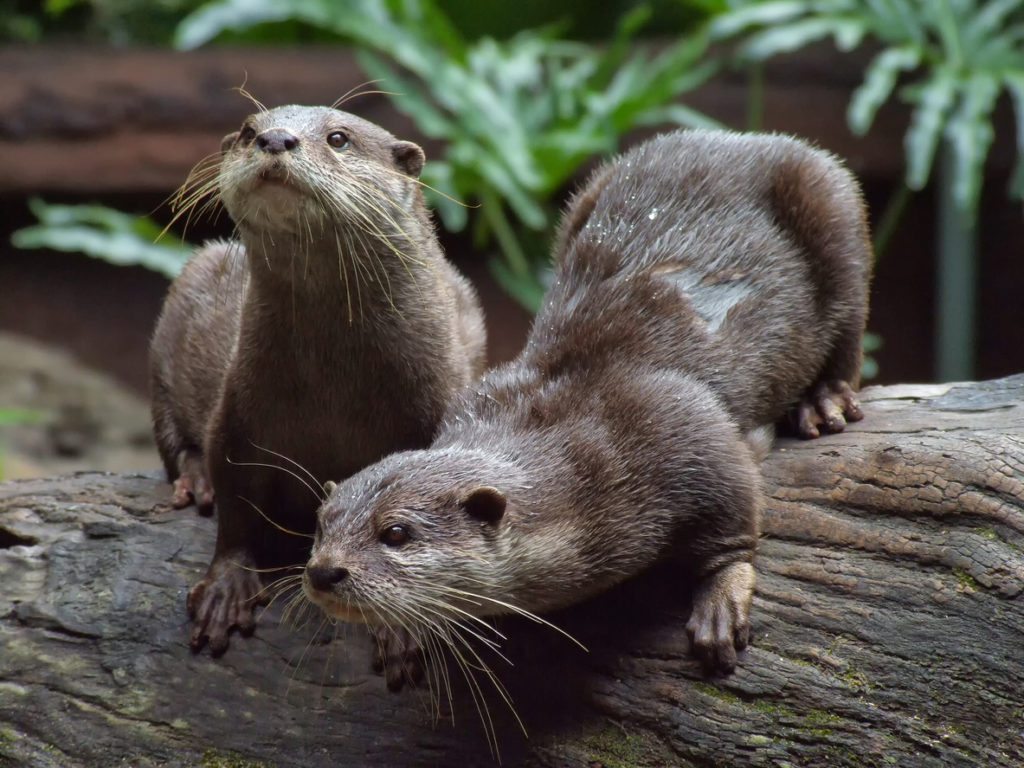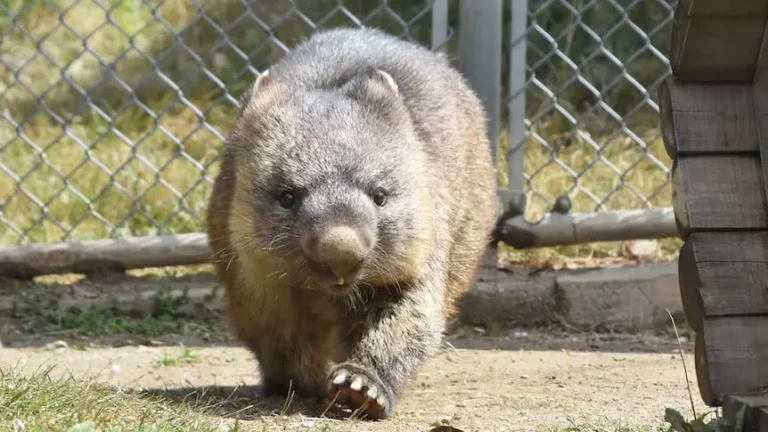The curious, loveable otter has long been threatened with extinction due to excessive hunting. Where the sea otter was poached for its thick pelt nearly to complete elimination, the common otter has been the target of thrill hunters and people who view the animals as a threat to fish supplies. Other factors such as food shortages, habitat destruction and disease have also prevented the otter from thriving.
The otter’s natural intelligence and hardiness, combined with its range of skills have thus far prevented any of its 13 species from becoming extinct. Now, thanks to the dedicated work of conservation groups around the world, the animal’s numbers are beginning to level and even increase in some places, reports the BBC.
New technologies and committed work in California and Cambodia are changing the future for the playful otter. Monterey Bay Aquarium in California operates a sea otter rescue and release programme, which rehabilitates up to 10 creatures at a time then uses tracking implants and radio transmitters to monitor them in the wild.
The programme has seen the number of sea otters rise in the area from just 50 in the early 1900s to around 3000. Andrew Johnson, the aquarium’s Conservation Research Operations Manager explains that the conservation of these animals is not only important for the future of the species, but the environment, too. The presence of sea otters helps to maintain the health of estuaries, kelp forests and ocean and coastal ecosystems. “When sea otters are absent, those systems often fall out of balance and become less diverse and resilient,” Johnson says. While the sea otter is still classified as an endangered species, the outlook is on the up.
Across the globe in Cambodia, animal protection organisations such as Conservation International are working to preserve the rare hairy-nosed otter in a different way. Believed to be extinct during the late 1990s, minimal numbers of the rare hairy-nosed otter were found earlier this century near Tonle Sap Lake, Siem Reap. Lead researcher at Conservation International, Sokrith Heng, says that education is key to the survival of the species. Despite laws protecting the otter, locals have little knowledge of how important the ecosystem and wildlife are. “Educating local people means they can share their knowledge to other community members,” Heng says.
The organisation created a group of Otter Ambassadors to raise awareness and generate support for their mission. Since teaching more people how to sustainably manage resources and engaging with fisheries to patrol waters for illegal poaching, otter numbers have grown. Despite Conservation International’s limited resources, their preservation efforts are succeeding.







